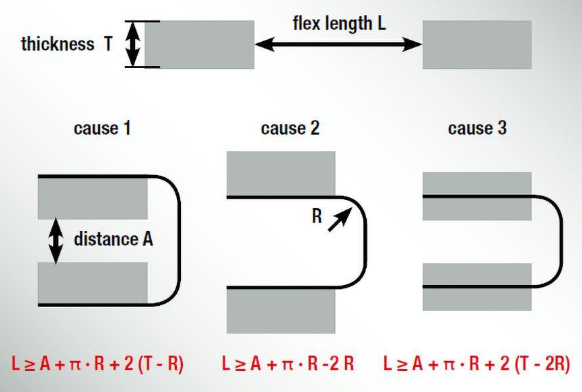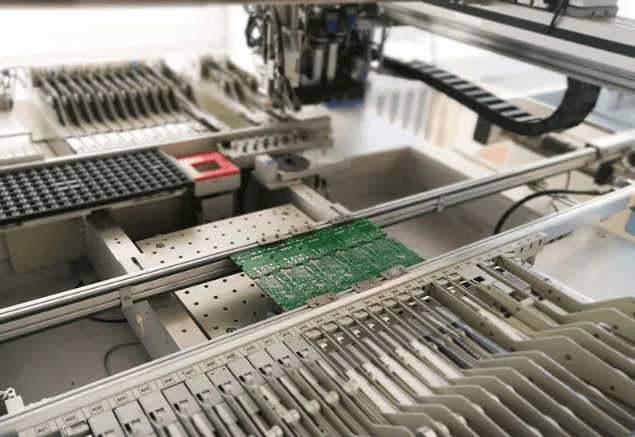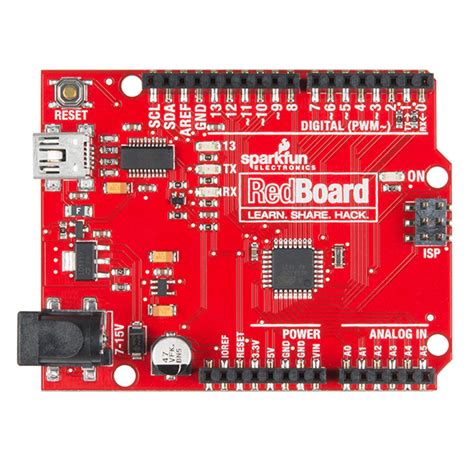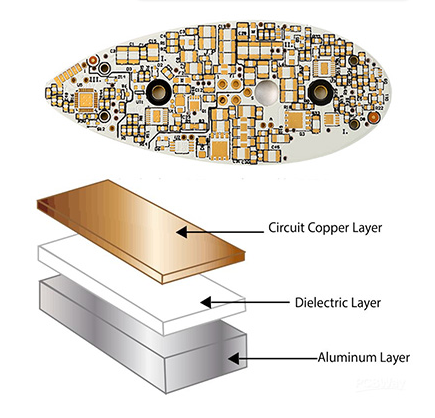The Comprehensive Guide to Metal Sheet Manufacturing: Processes, Applications, and Industry Trends
Introduction
Metal sheet manufacturing is a critical sector in the global industrial landscape, providing essential materials for construction, automotive, aerospace, electronics, and countless other industries. Metal sheets, typically made from steel, aluminum, copper, or titanium, are fabricated into various thicknesses and sizes to meet diverse application requirements.
This article explores the metal sheet manufacturing process, key techniques, applications, challenges, and emerging trends shaping the industry.
1. Understanding Metal Sheet Manufacturing
Metal sheet manufacturing involves transforming raw metal into flat, thin sheets through various processes such as rolling, cutting, forming, and finishing. These sheets can range from ultra-thin foils (less than 0.2 mm) to thick plates (over 6 mm).
1.1 Common Metals Used in Sheet Manufacturing
- Steel (Carbon, Stainless, Galvanized): High strength, durability, and corrosion resistance.
- Aluminum: Lightweight, corrosion-resistant, and highly malleable.
- Copper & Brass: Excellent electrical and thermal conductivity.
- Titanium: High strength-to-weight ratio, used in aerospace and medical industries.
1.2 Key Properties of Metal Sheets
- Thickness (Gauge): Measured in millimeters or gauge numbers.
- Tensile Strength: Resistance to breaking under tension.
- Ductility: Ability to deform without fracturing.
- Surface Finish: Polished, coated, or textured for specific uses.

2. The Metal Sheet Manufacturing Process
The production of metal sheets involves multiple stages, each crucial for ensuring quality and performance.
2.1 Raw Material Preparation
- Melting & Casting: Metals are melted in furnaces and cast into slabs or billets.
- Hot Rolling: Slabs are heated and passed through rollers to reduce thickness.
- Cold Rolling: Further refining at room temperature for precise thickness and smoothness.
2.2 Forming & Shaping
- Cutting: Laser cutting, waterjet, or plasma cutting for precision.
- Bending & Stamping: Press brakes and dies shape sheets into components.
- Deep Drawing: Used for creating complex geometries like automotive panels.
2.3 Surface Treatment & Finishing
- Galvanizing: Zinc coating for corrosion resistance.
- Anodizing (Aluminum): Electrochemical process for durability.
- Powder Coating: Aesthetic and protective layer.
- Polishing & Brushing: For decorative or functional finishes.
2.4 Quality Control & Testing
- Dimensional Checks: Ensuring thickness and flatness.
- Mechanical Testing: Tensile, hardness, and impact tests.
- Non-Destructive Testing (NDT): X-ray, ultrasonic, or dye penetrant inspection.

3. Applications of Metal Sheets Across Industries
Metal sheets are indispensable in multiple sectors due to their versatility.
3.1 Construction & Architecture
- Roofing, cladding, and structural frameworks.
- Decorative facades and interior design elements.
3.2 Automotive & Transportation
- Body panels, chassis, and exhaust systems.
- Lightweight aluminum sheets for electric vehicles (EVs).
3.3 Aerospace & Defense
- Aircraft skins, fuselage, and engine components.
- Titanium sheets for high-stress applications.
3.4 Electronics & Appliances
- Enclosures for computers, smartphones, and home appliances.
- Heat sinks and conductive components.
3.5 Medical & Energy Sectors
- Surgical instruments and MRI machine components.
- Solar panels and battery casings.

4. Challenges in Metal Sheet Manufacturing
Despite advancements, manufacturers face several hurdles:
4.1 Cost & Supply Chain Issues
- Fluctuating raw material prices (e.g., steel tariffs, aluminum shortages).
- Logistics disruptions affecting global supply chains.
4.2 Environmental & Regulatory Compliance
- Stricter emissions standards for metal production.
- Recycling and waste management challenges.
4.3 Technological & Labor Shortages
- High automation costs for small manufacturers.
- Skilled labor shortages in precision sheet metal work.
5. Emerging Trends in Metal Sheet Manufacturin
The industry is evolving with new technologies and sustainability initiatives.
5.1 Advanced Manufacturing Technologies
- AI & IoT: Predictive maintenance and smart factories.
- 3D Printing (Additive Manufacturing): Hybrid techniques for complex parts.
- Laser & Robotic Automation: Faster, more precise cutting and welding.
5.2 Sustainable & Green Manufacturing
- Recycled Metals: Increased use of scrap metal in production.
- Energy-Efficient Processes: Induction heating, reduced waste techniques.
- Eco-Friendly Coatings: Non-toxic, biodegradable alternatives.
5.3 Customization & On-Demand Production
- Digital platforms enabling small-batch, customized orders.
- Just-in-time manufacturing reducing inventory costs.
6. Conclusion
Metal sheet manufacturing remains a cornerstone of modern industry, adapting to technological advancements and sustainability demands. As automation, AI, and green practices reshape production, manufacturers must innovate to stay competitive.
From skyscrapers to smartphones, metal sheets continue to play a vital role in shaping the world around us. Companies that embrace efficiency, sustainability, and cutting-edge technology will lead the future of this dynamic industry.






